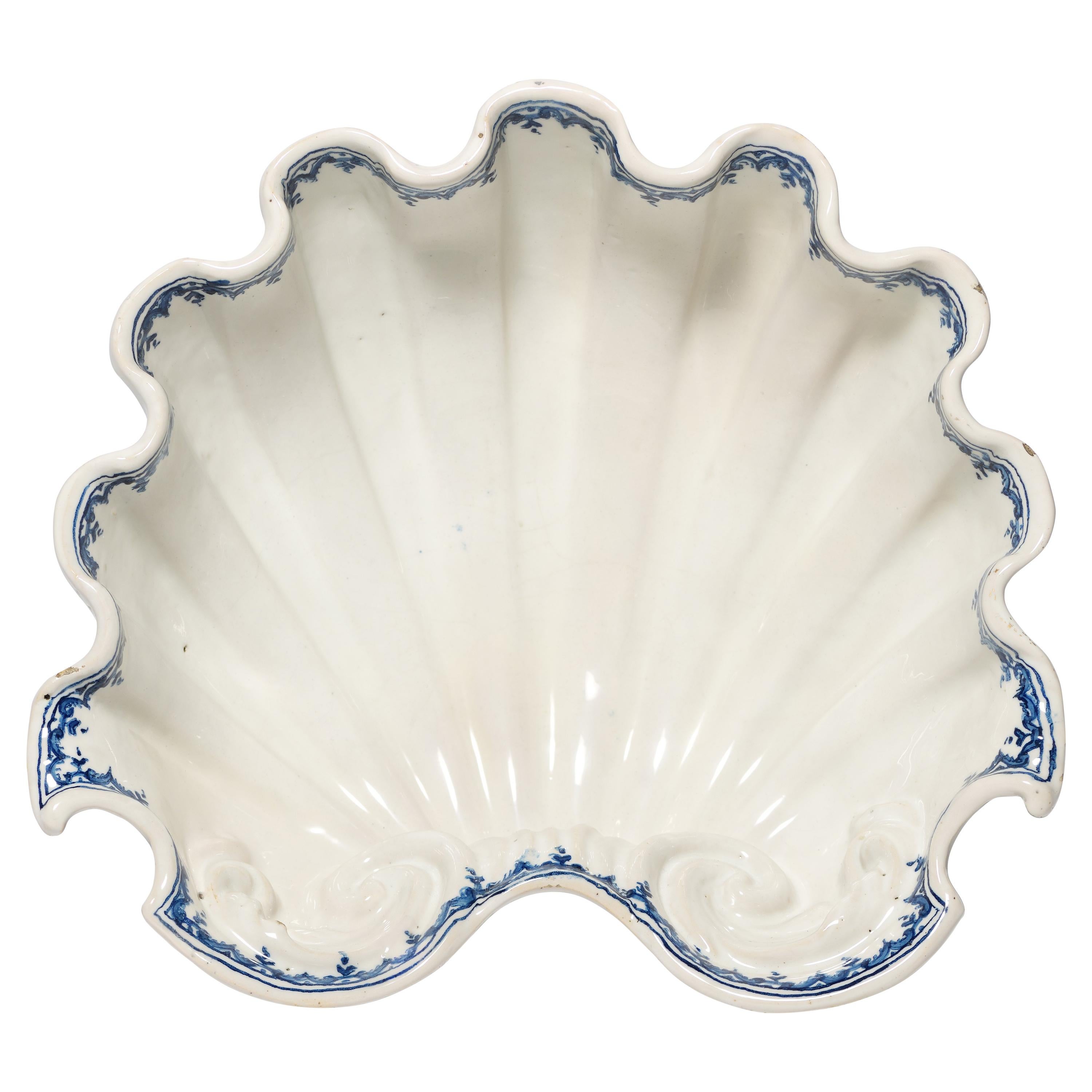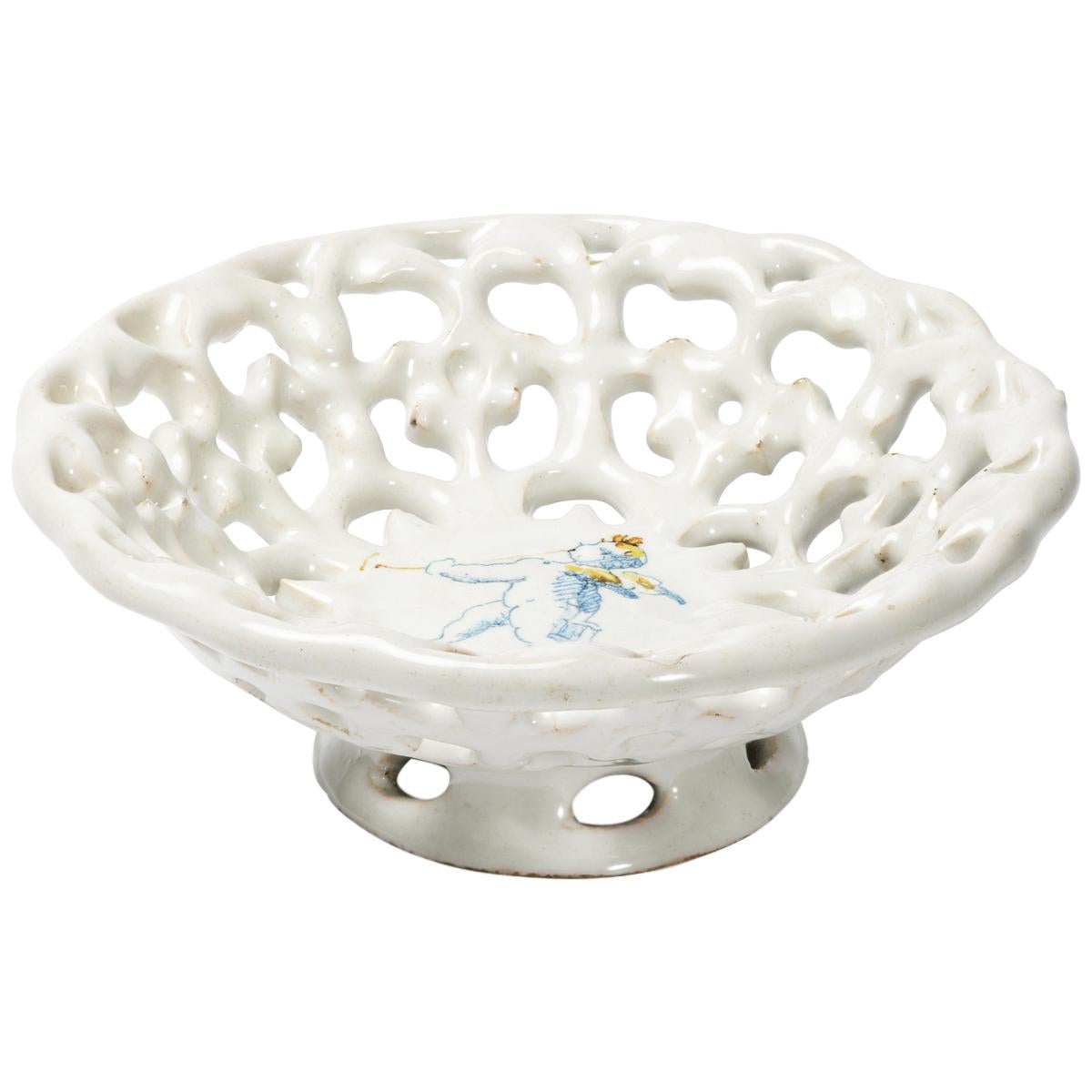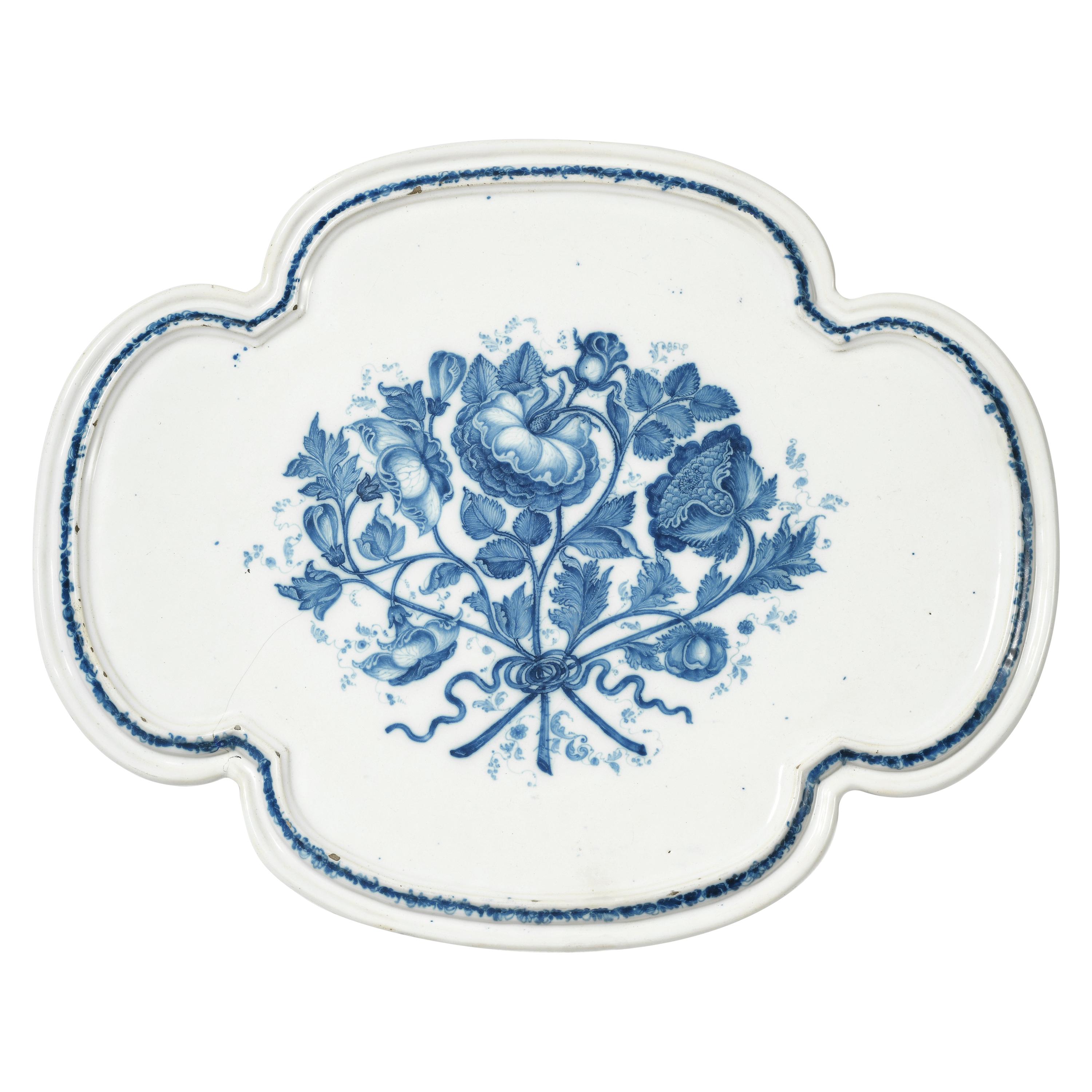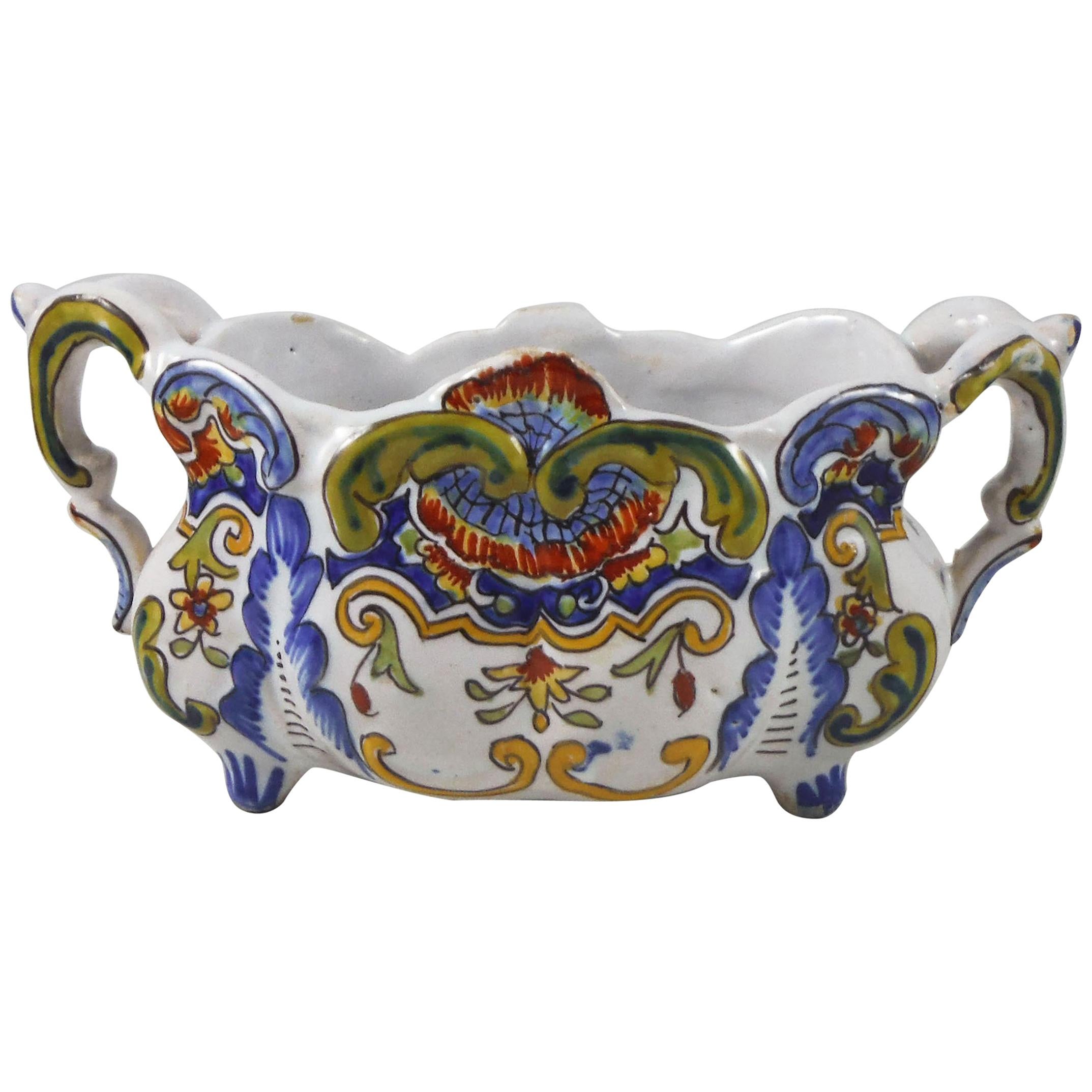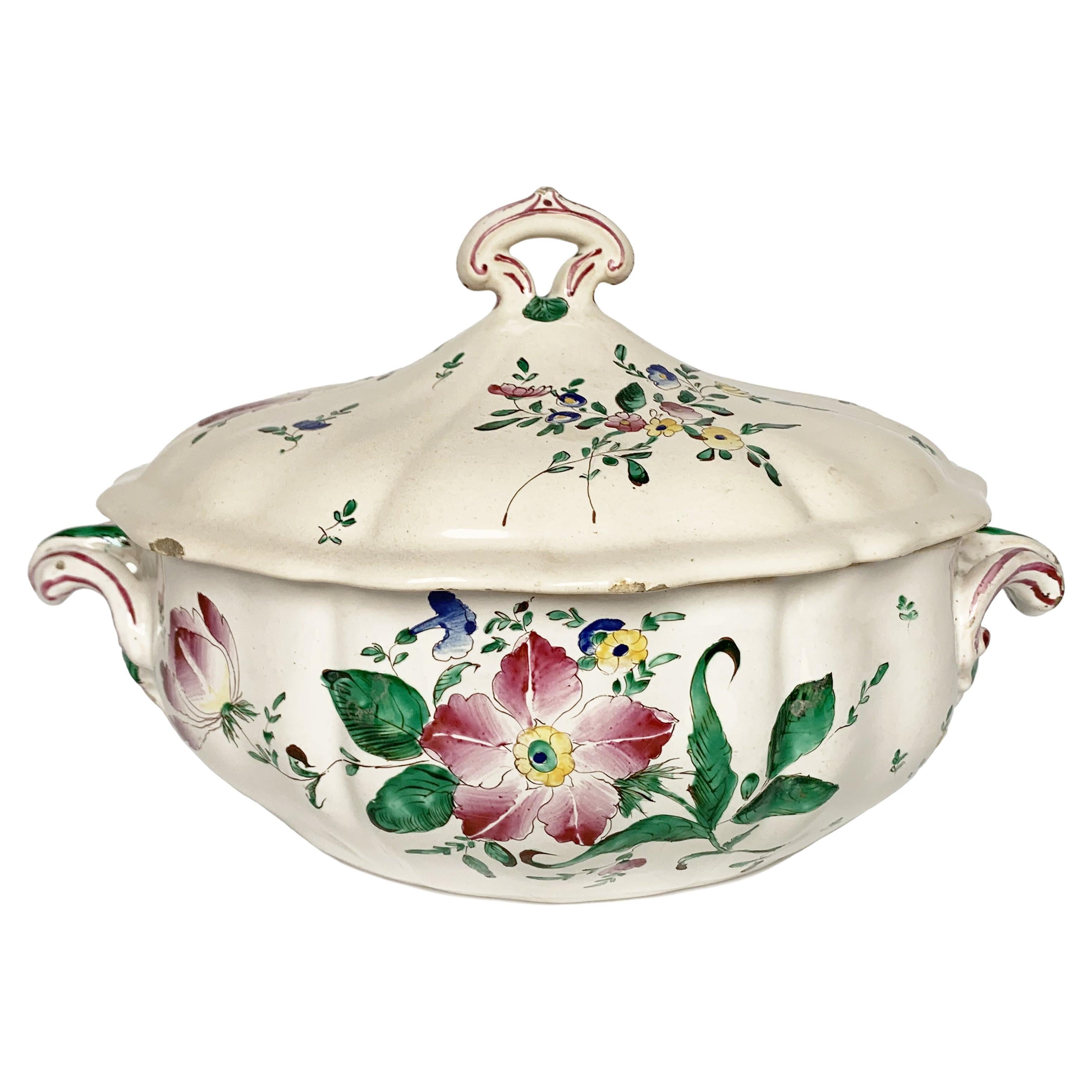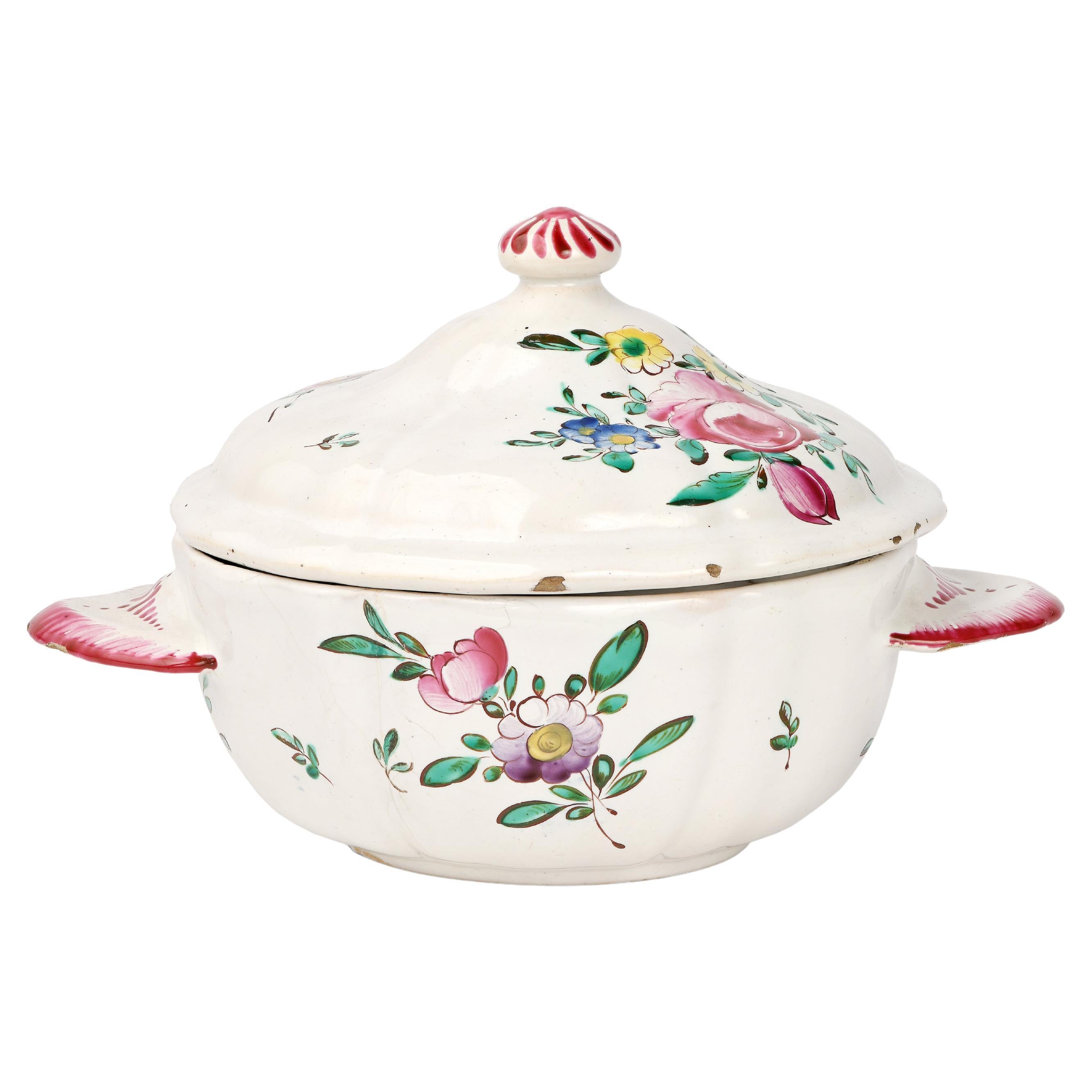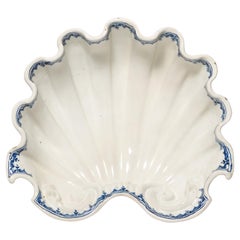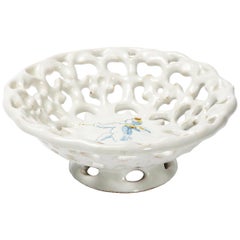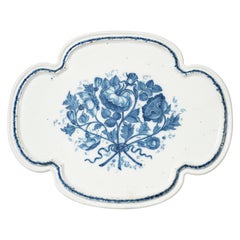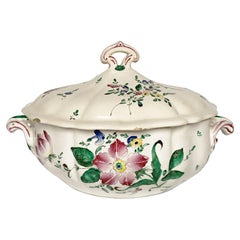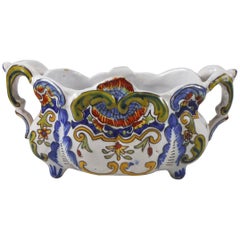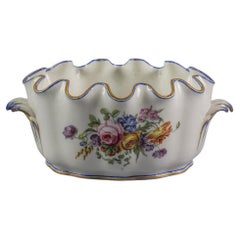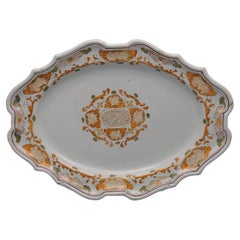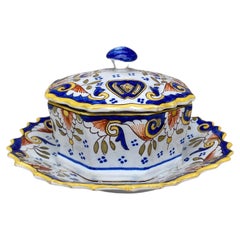Items Similar to Ancient Italian Maiolica Faenza, Ferniani Factory, Circa 1700
Video Loading
Want more images or videos?
Request additional images or videos from the seller
1 of 16
Ancient Italian Maiolica Faenza, Ferniani Factory, Circa 1700
$7,157.47
£5,291.61
€6,000
CA$9,844.99
A$10,943.32
CHF 5,736.25
MX$133,644.38
NOK 71,613.80
SEK 67,375.23
DKK 45,677.90
About the Item
Centerpiece light blue maiolica shell
Ferniani factory, early period: 1693-1776
Faenza, 1700 circa
5.5 in x 14.72 in x 13.77 in (14 cm x 37.4 cm X cm 35)
lb 4.40 (kg 2)
State of conservation: mimetic restoration on the front and conservative restoration on the back, few additions.
The Conti Ferniani factory is considered to be the oldest and longest lasting manufacturing of the Emilia-Romagna region: it remained active for two centuries and took a leading role in Faenza production, so much so that it was to become, during the eighteenth century and in the subsequent period, a symbol of "inseparable and extraordinary binomial Faenza-Ferniani" (Ravanelli Guidotti Carmen, a cura di, “La Fabbrica Ferniani. Ceramiche faentine dal barocco all’eclettismo, Milano 2009, p.19).
This maiolica centerpiece is a rare example of the continuation of the fashion of the "Bianchi" Faenza into the eighteenth century: it is a decorative style known as "compendiaria maniera", a kind typical of the sixteenth century that brought about a real change in taste in the production of maiolica and that used only a few colors (yellow, blue and brown) in the creation of the decorations.
The shell model, with its fan-shaped grooves, wavy edge and base adorned with rococo-style curves, comes from the oldest production and is in this example decorated with a simple pattern called "a peducci", on a light blue-enameled bottom. This pattern took its roots in earlier forms, such as in the motifs called “a merletto” (“lace motif”) in seventeenth-century. Some examples of this decoration are published in Ravanelli Guidotti, Carmen. Thesaurus di opere della tradizione di Faenza. Faenza 1998 pp. 553-565, all datable to the beginning of the century.
The decoration, which is concentrated only along the edge, is intentionally used to enhance the shape of the object. An indicative comparison is published in S. Levy, Maioliche romagnole, marchigiane, toscane; Maiolica italiana del XVIII, Milano 1970, tav. 178.
Some examples with different decorations are known. Among these are exemplary compendiari with emblems or works with the most complex decorations, such as the splendid shell placed on the antiquarian market and decorated in polychrome by the painter of 1740 (Ravanelli Guidotti Carmen”, a cura di “La Fabbrica Ferniani. Ceramiche faentine dal barocco all’eclettismo, Milano 2009, p. 165, n. 5).
- Creator:Ferniani Factory (Manufacturer)
- Dimensions:Height: 5.52 in (14 cm)Width: 13.78 in (35 cm)Depth: 14.73 in (37.4 cm)
- Style:Baroque (Of the Period)
- Materials and Techniques:Maiolica,Other
- Place of Origin:
- Period:1700-1709
- Date of Manufacture:1700 circa
- Condition:Repaired: Mimetic restoration on the front and conservative restoration on the back, few additions. Wear consistent with age and use. Minor structural damages. Mimetic restoration on the front and conservative restoration on the back, few additions.
- Seller Location:Milano, IT
- Reference Number:1stDibs: LU4352214023532
About the Seller
4.3
Vetted Professional Seller
Every seller passes strict standards for authenticity and reliability
Established in 1860
1stDibs seller since 2018
21 sales on 1stDibs
Associations
International Confederation of Art and Antique Dealers' Associations
- ShippingRetrieving quote...Shipping from: Milano, Italy
- Return Policy
Authenticity Guarantee
In the unlikely event there’s an issue with an item’s authenticity, contact us within 1 year for a full refund. DetailsMoney-Back Guarantee
If your item is not as described, is damaged in transit, or does not arrive, contact us within 7 days for a full refund. Details24-Hour Cancellation
You have a 24-hour grace period in which to reconsider your purchase, with no questions asked.Vetted Professional Sellers
Our world-class sellers must adhere to strict standards for service and quality, maintaining the integrity of our listings.Price-Match Guarantee
If you find that a seller listed the same item for a lower price elsewhere, we’ll match it.Trusted Global Delivery
Our best-in-class carrier network provides specialized shipping options worldwide, including custom delivery.More From This Seller
View AllAncient Italian Maiolica Faenza, Ferniani Factory, Circa 1700
By Ferniani Factory
Located in Milano, IT
Centerpiece white maiolica shell
Ferniani factory, early period: 1693-1776
Faenza, circa 1700
Measures: 5.6 in x 14.72 in x 13.46 in (14.3 cm x 37.4...
Category
Antique Early 1700s Italian Baroque Ceramics
Materials
Maiolica
Ancient Italian Renaissance Maiolica Crespina, Faenza, 1580 Circa
Located in Milano, IT
Crespina
Faenza, last quarter of the 16th century
Maiolica painted in two colors, light blue and yellow, on a thick, rich layer of white enamel.
It measures 2.24 in (5.7 cm) in height, 6.10 in (15.5 cm) in diameter.
lb 0.55 (kg 0.25)
State of conservation: mimetic restoration.
The small cup has a raised central “umbone”, a perforated brim and a shaped rim. It rests on a high jutting foot. The "crespina" shape, in some inventories is cited as "tacce de frute" (fruit cups). It was particularly appreciated in the Renaissance and has variants based on the formal types and the different sizes. The decoration, made according to the dictates of the “compendiario” style, used few standardized colors: blue and yellow on a thick white and shiny enamel, deliberately chosen as the colour which was most reminiscent of silver. This choice derived from a trend in creative design of the era: the shapes used in the molds were often taken from metal objects. An idea which would last throughout the Renaissance.
The work shows, in the middle of the “umbone”, a winged putto stepping forward while playing a long thin trumpet.
The depiction of the putto is fully representative of the repertoire of the Faenza workshops of the sixteenth century.
Some specimens with this type of decoration have been published in a volume by Carmen Ravanelli Guidotti: there appears the whole productive repertoire of this fundamental moment of transition between the taste for the “istoriato” style and the great simplification of decoration in the “compendiario” period. This style, in its simplicity, however, saw its expression in a rather varied collection of decorative subjects, including old-fashioned busts...
Category
Antique 16th Century Italian Renaissance Ceramics
Materials
Maiolica
18th Century Italian Maiolica Centerpiece Bassano Venice, circa 1750
Located in Milano, IT
Maiolica centerpiece
Pasquale Antonibon factory
Nove di Bassano, Venice, 1740-1770.
Measures: 1.85 in x 19.21 in x 15.27 in
4.7 cm X 48.8 cm X 38.8 cm.
lb 5.29 (kg 2.4)
State of conservation: thin passing fêlure with covered chipping and a glued foot
The Antonibon were an important family of Venetian...
Category
Antique 1750s Italian Baroque Ceramics
Materials
Maiolica
Ancient Maiolica Tureen Ferretti Manufacture, Lodi, Circa 1770 - 1780
By Antonio Ferretti
Located in Milano, IT
Maiolica tureen
Antonio Ferretti Manufacture
Lodi, Circa 1770 - 1780
Maiolica polychrome decorated “a piccolo fuoco” (third fire).
It measures 9.06 in in height x 13.39 in x 9.84 i...
Category
Antique 1770s Italian Rococo Soup Tureens
Materials
Maiolica
Italian Maiolica Cup Ferretti Lodi, circa 1770 - 1780
By Antonio Ferretti
Located in Milano, IT
Maiolica puerperal cup
Antonio Ferretti Manufacture
Lodi, Circa 1770 - 1780
Maiolica polychrome decorated “a piccolo fuoco” (third fire).
It measures: 4.3 x 6.8 x 5.3 in (11 x 17,5 x 13,5 cm)
Weight: 0.78 lb (358 g)
State of conservation: some closed pass-through fêlures on the cup, barely visible on the outside. Some use chips on the edge of the lid, two of which are more marked.
From about the mid-sixteenth century, the puerperal soup tureen or puerperal cup became one of the most popular wedding gifts in central Italy. As an auspicious symbol, it replaced the birth table (“desco da parto”) which, on the occasion of high-ranking marriages, from the thirteenth century, had been painted by famous artists, especially in Tuscany.
In France this same tureen is called "écuelle de mariée", as it is given to spouses as a sign of fertility.
During the eighteenth century this custom spread even outside Italy to all social levels. Depending on availability and rank, it was made of different materials: precious metals, maiolica, porcelain, glass, pewter, etc.
Beginning in the mid-twentieth century, the custom of this symbolic homage gradually disappeared, although famous designers such as Gio Ponti and Giuseppe Gariboldi, even as recently as the 1940s, revisited a model of a small puerperal soup bowl for the Ginori and, also in Italy in 1940, in a national competition for young potters, one of the themes of the test was indeed a modern model of a puerperal cup as an auspicious gift.
This particular cup was also called a "service cup" or "puerperal vase" or "stuffed cup" - the windows were sealed with straw to prevent drafts of air for women in labor.
In the eighteenth century the line of the puerpera cup was simplified, so much so that it took the form of a small tureen with two handles - the typical broth cup...
Category
Antique 1770s Italian Rococo Ceramics
Materials
Maiolica
Ancient Maiolica Cup, Rubati Manufacture, Milan, Circa 1770 - 1780
By Pasquale Rubati
Located in Milano, IT
Sick cup
Pasquale Rubati Manufacture
Milan, Circa 1770 - 1780
Maiolica decorated in polychrome “a piccolo fuoco” (third fire)
It measures: h 2.36 x 7.4 x 7.87 (h 6 x 19 x 20 cm)
...
Category
Antique 1770s Italian Rococo Ceramics
Materials
Maiolica
You May Also Like
French Faience Jardiniere Desvres, circa 1900
By Desvres
Located in Austin, TX
French Desvres faience jardinière painted with flowers, circa 1900. Marked on base.
Minor wear.
Category
Antique Early 1900s French French Provincial Planters, Cachepots and Jar...
Materials
Faience
French Porcelain Monteith, Sevres, circa 1760
Located in New York, NY
Painters mark of Pierre-Joseph Rosset.
Category
Antique 1760s French Centerpieces
Materials
Porcelain
Manifattura San Carlo della Real Fabbrica di Caserta - Serving dish 18th century
By Moustiers
Located in DELFT, NL
Manifattura San Carlo della Real Fabbrica di Caserta - Serving dish in Moustiers style with scalloped edge decorated in ocher and green monochrome with a medallion in the center of t...
Category
Antique 18th Century French Chinoiserie Delft and Faience
Materials
Earthenware, Faience, Maiolica
$572 Sale Price
20% Off
French Faience Tureen Desvres, circa 1900
By Desvres
Located in Austin, TX
French Faience Tureen attributed to Desvres Circa 1900.
Inspired by Rouen maunufacture.
Signed St Gilles Croix de vie.
Category
Antique Early 1900s French French Provincial Soup Tureens
Materials
Faience
18th Century French Faience Footed Bowl with Handles
Located in Richmond, VA
18th century French blue and white faience footed bowl with handles.
Category
Antique 18th Century French Delft and Faience
Materials
Faience
Hand Painted Antique French Faience Jardiniere, Decor Rouen, Circa 1900
Located in Dallas, TX
Rouen, located in the region of Normandy, just outside of Paris, has been at the center of French faience production since the mid-1500s. This lovely hand-painted jardiniere (circa 1...
Category
Antique Early 1900s French Delft and Faience
Materials
Ceramic, Faience
More Ways To Browse
Faenza Italian Ceramics
Italian Maiolica
Antiques Fans
Silver 1776
Antique Lace Fan
Conti Glass
Antique Ironstone China
Antique Majolica Plate
Antique Soviet
Silver Bowl Spain
English Ironstone
Terracotta Plates
Mason Ironstone 19th Century
Ceramic Vegetables
Minton Majolica
Italian Maiolica
Ceramic Apple
Large Antique Porcelain Charger
